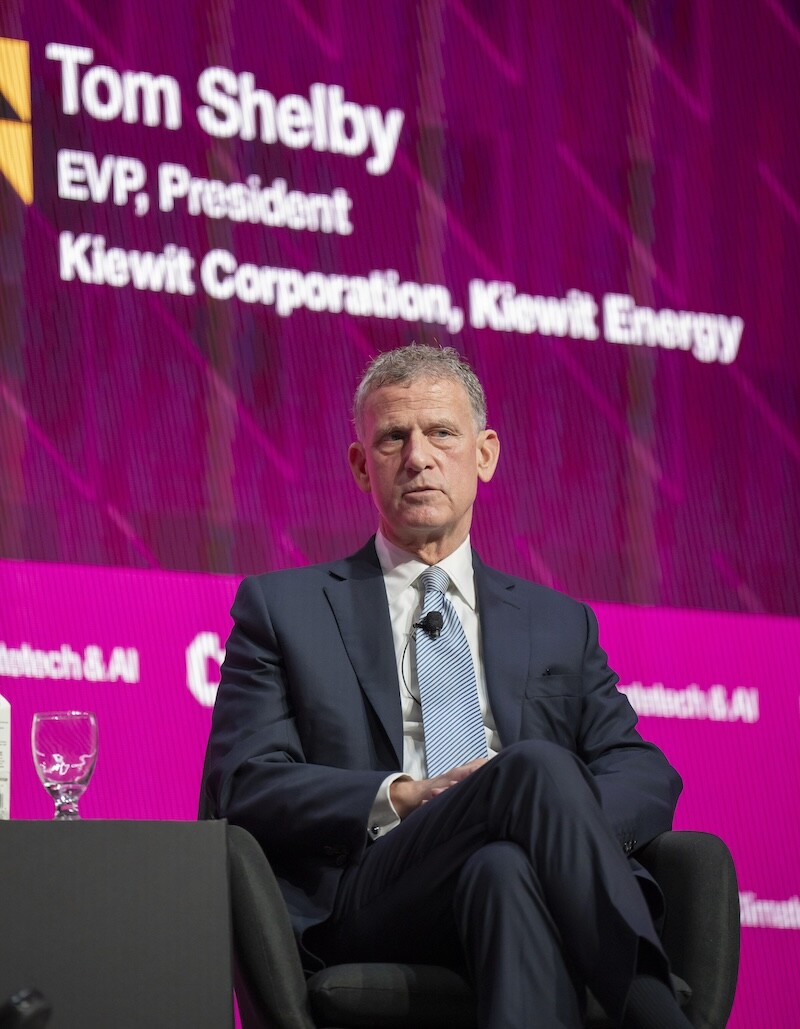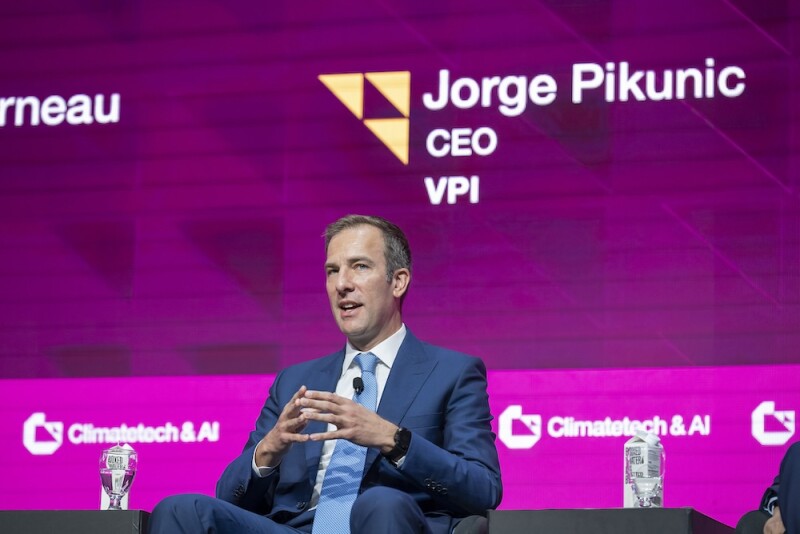Carbon capture, utilization, and storage (CCUS) projects aren’t likely to take off in a major way until carbon is monetized, industry leaders said at Gastech in Houston.
During a 19 September session on the CCUS value chain, speakers cited risk, policy, economics, and partnerships as make-or-break factors in complex projects.
NET Power CEO Danny Rice said, “When I think about risk, there are really two primary risks. There's the technology risk, and then there's economic risk.”
In terms of technology, it’s important to ensure the company is developing technology to scale but not to rush, he said.
“It's better to be able to incubate and just innovate that with patience,” he said, noting NET Power started in 2010 and built its first pilot plant in 2018. “We've already gone through that pretty treacherous prove-the-technology phase, and now we're pivoting into the commercial phase.”

NET Power’s approach is to capture the CO2 created during natural gas-fired power generation, and the first full-scale plant is slated to go online in 2027.
“It's an entirely new type of natural gas-fired power that has no emissions,” Rice said.
The project is starting “from a very advantaged place economically” because natural gas is less expensive than other forms of energy, he said. Finally, he noted, the Section 45Q Tax Credit for Carbon Sequestration in the US gives companies like NET Power longevity.
“It gives us a runway, knowing we have, really, through 2035 to scale up to full-scale manufacturing mode unsubsidized by 45Q to get our Capex done so that we can compete unsubsidized with the carbon-neutral alternatives,” Rice said.
Kiewit Energy President Tom Shelby said risks in the carbon-capture supply chain will come to light as the number of projects increases.
“We don't really have supply chain issues that are unique to carbon capture right now. But if the jobs really took off and started happening, we'd have to be talking about the filters, right? Well, what's the reliability that we can get them, and how do they work?” he said. “We're not worried about it in the short term.”

Longer term, Shelby said, as carbon-capture projects scale, he expects to see the sector face problems similar to when gas-fired power generation plants started scaling.
“As gas-fired power came on, a lot of those risks in the supply chain weren't well known,” he said. Eventually carbon capture will scale, “and those risks are going to be real in the supply chain.”
One question is how those risks should be shared, and Shelby said partnerships are an important part of mitigating risks.
“Where the risks will be substantial, and that will add cost to the jobs that are already a little challenged” in terms of monetization, he said. “We don't need to add money to the jobs just for the sake of that.”
Kiewit is working “way up front” with original equipment manufacturers and technology suppliers to understand risk and control the risks that can be controlled, he said.
VPI CEO Jorge Pikunic said the risk profile of a project evolves over time.
“Over the course of the project, you de-risk some of the elements, but at the same time, some of the elements become very real when you're approaching FID (final investment decision),” he said.

He said VPI’s Humber Zero carbon-capture project, which has not yet reached FID, has less technological risk because it uses a proven technology that was selected based on scalability. The carbon-capture project in the UK is designed to capture up to 3.8 million tonnes of CO2 per year, which would then be stored offshore in depleted Viking area gas fields operated by Harbour Energy.
Investors care about whether the project can be delivered—and delivered on time, he said.
“That requires a lot of partnership early on and constant dialog,” Pikunic said.
Carrot or Stick?
Stable policies that encourage investment help de-risk carbon-capture projects, Pikunic said. Such frameworks should evolve as the industry starts to scale, he added.
But for now, Shelby said, the economics often aren’t there.
“The simple fact is, given what's transpiring in the industry, and the escalation that is taking place, the 45Q and the Canadian version of 45Q won't make it economical on its own right now, so there has to be some regulatory change to make it able to monetize pure carbon capture,” he said. “If we want carbon capture, there has to be a way to monetize it.”
But it may come down to a mandate, he added.
“There either has to be a mandate—you have to do it—or there's got to be a great monetization,” Shelby said. Until that happens, “I don't see how it takes off in a big way.”
Claude Letourneau, president and CEO at Svante, said CO2 is a waste material nobody wants, but it must be addressed through both short- and longer-term regulations.
Longer-term regulations should focus on carbon intensity, he said, while short-term regulation is needed to de-risk the building of infrastructure, such as building pipelines. Depending on the country, he said, that regulation might be “a tax credit or a stick.”


